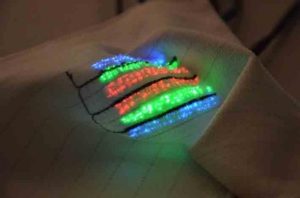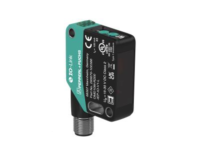
Researchers have successfully developed polymer optic fibres for sensors that are particularly flexible and can be sewn onto textiles. These fibres were used in a sensor that was woven on a material, enabling researchers to measure the heart rate of patients. The sensor has been produced using a melting technique and can be washed in a machine.
“Normally, these fibers, which are usually associated with communication technology, aren’t flexible enough,” says Maike Quandt, the first author on the study conducted by Swiss Federal Laboratories for Materials Science and Technology, Dübendorf (EMPA).
The researchers’ wanted to create a sensor that can be integrated in textiles, that is, a fibre that can also be sewn and does not break when knotted. The new sensor can easily be produced industrially and can withstand wash cycles. It can be used in the healthcare sector to prevent bedsores and it will also be beneficial for making sports clothing.
The study conducted by a team headed by Luciano Boesel from EMPA, was published in the Journal of the Royal Society. It was conducted in collaboration with Zurich University Hospital, the research institute CSEM and the Swiss Paraplegic Center in Nottwil. (KD)
Source: http://www.fibre2fashion.com



















